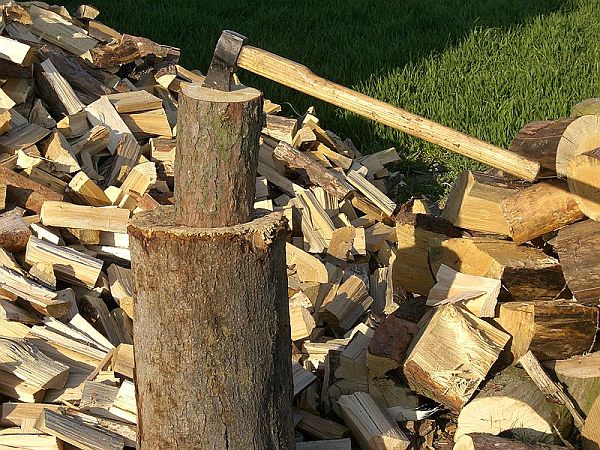
Researchers from the Great Lakes Bioenergy Research Center and the U.S. Department of Energy’s Los Alamos National Laboratory have developed a new method wherein non-edible biomass matter like switch grass, stalks, corn leaves etc. could be chemically broken down to produce a renewable source of energy – ethanol!
In this technique, the plant cellulose is pretreated in a way that the enzymes can digest it five times more effectively in order to change it into ethanol. Biomass has a huge potential for being a renewable energy source that can be a substitute to gas; however, the current process for converting the same into ethanol is a very complicated one as the molecular arrangement in cellulose is so compact that the enzymes cannot work their way through. The process also yields byproducts that are toxic, apart from the pretreatment procedure which is a costly proposition. However, the US researchers have come out with groundbreaking results that can render biomass as a potential renewable source of energy in the area of biofuels.
US researcher Gnanakaran and his team from Los Alamos have made use of the latest hi-tech methods molecular modeling and computation in order to closely examine the changes in cellulose (that has been pretreated by ammonia) structure when attached with enzymes. After conducting experiments, they have come to the conclusion that the tight hydrogen bonds in the cellulose molecules get weakened – making it easy to breakdown and convert into ethanol.
Via: Physorg




